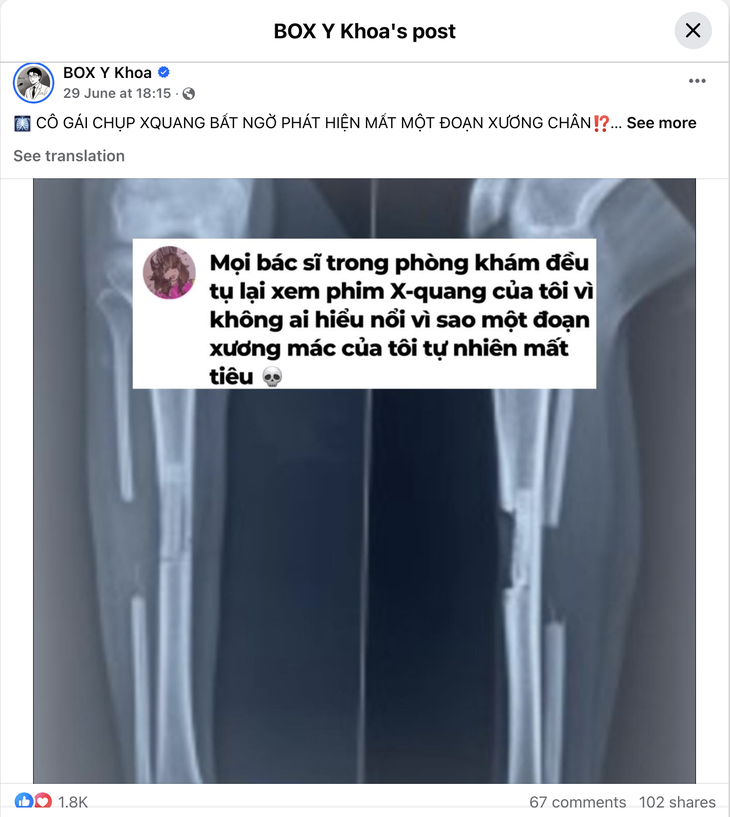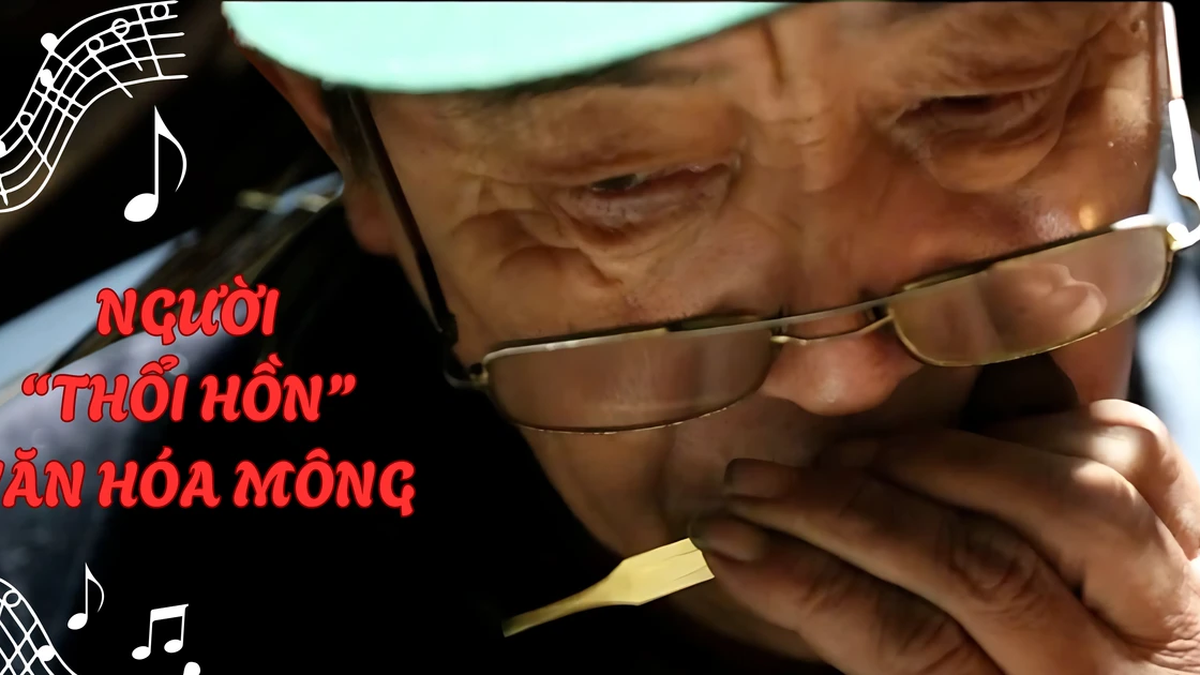
Special medical situation shared on Facebook medical BOX account on June 29 - Screenshot
This is a medical situation shared on the Medical Box Facebook page on June 29 and attracted the attention of the online community. Many people do not know if this story is true or not.
This seemingly bizarre story actually reflects an advanced technique in bone repair surgery. However, the situation also raises many questions about medical procedures and professional ethics. In-depth analysis of this case by experts will help clarify important issues in modern clinical practice.
The patient did not know he had surgery?
From a clinical perspective, it is impossible for a patient to not know that he or she has had surgery.
The surgical procedure involves several rigorous steps: general examination, necessary tests, and identity confirmation before entering the operating room. Each step requires absolute patient compliance to ensure safety.
One possible scenario is that the girl knows she is missing a piece of bone but does not consider this important information to discuss with her doctor.
However, patients need to note that during the examination, the doctor needs to take into account the patient's medical history, past illnesses and treatment process to have a comprehensive view of the patient's health status.
It is noteworthy that in this situation, all the medical staff of the clinic came to see the X-ray results and expressed surprise, which is a violation of the principle of confidentiality in medicine.
Medical records are personal documents that must be kept confidential. Only designated medical personnel involved in the patient's health care process have access to medical records.
Modern autologous bone grafting technique
From a technical perspective, the X-ray results in the story could be completely true. The results showed that both right tibiae had bone defects at the middle third position.
This may be an X-ray of a patient who has had an "autologous" bone graft, using a portion of the fibula to reconstruct the damaged portion of the tibia.
The case scenario can be assumed as follows: the patient has a complete injury to the tibia at the middle third position.
Because the tibia bears 85-90% of the body's weight, the fibula accounts for about 10%, using a part of the fibula to combine with tibia reconstruction is a good option, helping patients shorten recovery time and restore mobility early.
Autologous bone grafting has the advantage of reducing the risk of graft rejection and limiting infection compared to using other materials.
The loss of a portion of the fibula is temporary. The fibula will heal over time. Recovery time depends on many factors, including the extent of the bone loss, the patient’s physical condition, diet, exercise, and medical conditions.
It should be noted that, when the tibia is fully recovered and the fibula is still defective, leg movement can still be maintained relatively well.
Medical information and community responsibility
Complex cases are valuable documents in medicine, providing clinical practice experience, supporting doctors and medical staff to supplement knowledge.
Case reports are usually published in reputable medical journals, must comply with medical ethics principles and be approved by a Medical Ethics Committee.
Articles about medical cases are an effective way to help the community access knowledge and raise awareness of health protection.
Medical information must be accurate, comply with medical ethics, and be presented clearly and easily understood. Readers should also be conscious of choosing quality sources of information and limit the spread of false medical information.
Source: https://tuoitre.vn/co-gai-chup-x-quang-bat-ngo-thay-mat-xuong-chan-20250707105059857.htm






































































































Comment (0)